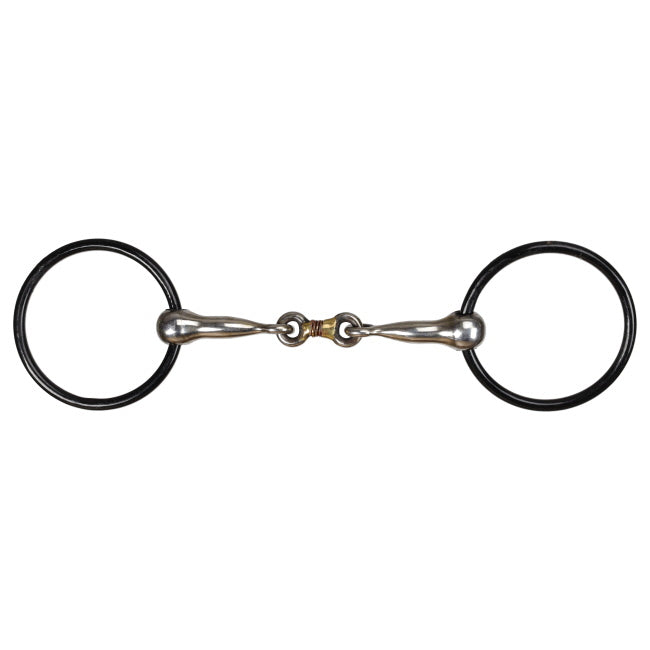Slow Feeders for Horses
Horses often eat too quickly, either due to food anxiety or simply because they enjoy eating. Slow feeders are feeding tools that help horses eat more slowly, like they do when grazing. This can help preserve gut health and manage weight.
What Are Slow Feeders?

Slow feeders make it more difficult for horses to access their feed. Because they are used long-term, they are made from strong materials that horses can’t easily break.
The feeders create challenges for the horses by creating barriers to the food. Another design involves small holes that force the horse to take small amounts of food at a time. These kinds of designs help prevent choking, colic, and other digestive issues. They also reduce boredom by making horses spend more time and effort eating. This slow feeder is made from nylon and reduces the consumption of hay.
How Slow Feeders Work
Slow feeders make it more difficult for a horse to eat fast. By forcing them to slow down, horses increase their chew time and saliva production. Eating at a slower rate helps the horse’s body process food better and maintain stable blood sugar.
Common Types of Slow Feeders
Slow feeders come in four varieties, varying in design, material, and difficulty:
-
Slow Feeder Hay Nets ~ Made of mesh with holes of varying size to control hay access
-
Slow Feeder Mats ~ Rubber mats with holes to make feed more difficult to access
-
Slow Feeder Buckets ~ Buckets with grids that separate the feed into smaller portions
-
Slow Feeder Bags ~ Durable bags with small openings for grain
Practical Considerations for Using Slow Feeders
Choosing the Right Slow Feeder
Material and design are key when choosing a slow feeder. Look for strong, durable materials that can handle chewing and weather conditions. Size also matters. A feeder that is too small will need constant refilling, while one that is too big might let your horse eat more than it should. Choose one that will be easy for you to maintain. You will need to clean it regularly to prevent mold.
Placement and Maintenance
Place your slow feeder in an area that is safe from weather conditions. You want to keep your hay and grain dry from rain. Avoid muddy spots that will make it difficult to clean up spillage. If you choose to play it outdoors, secure it from the wind to avoid tipping. Clean the feeder regularly and remove old and uneaten hay and grain. This will help reduce the growth of bacteria.
Safety Tips
Monitor your horse while using the slow feeder. At times, horses can become frustrated and show signs of aggression. Moreover, the feeders can cause jaw and tooth injuries as the horse tries to force the food out. Regularly inspect your feeder during cleaning to identify any loose, broken, or sharp edges that need repair.







